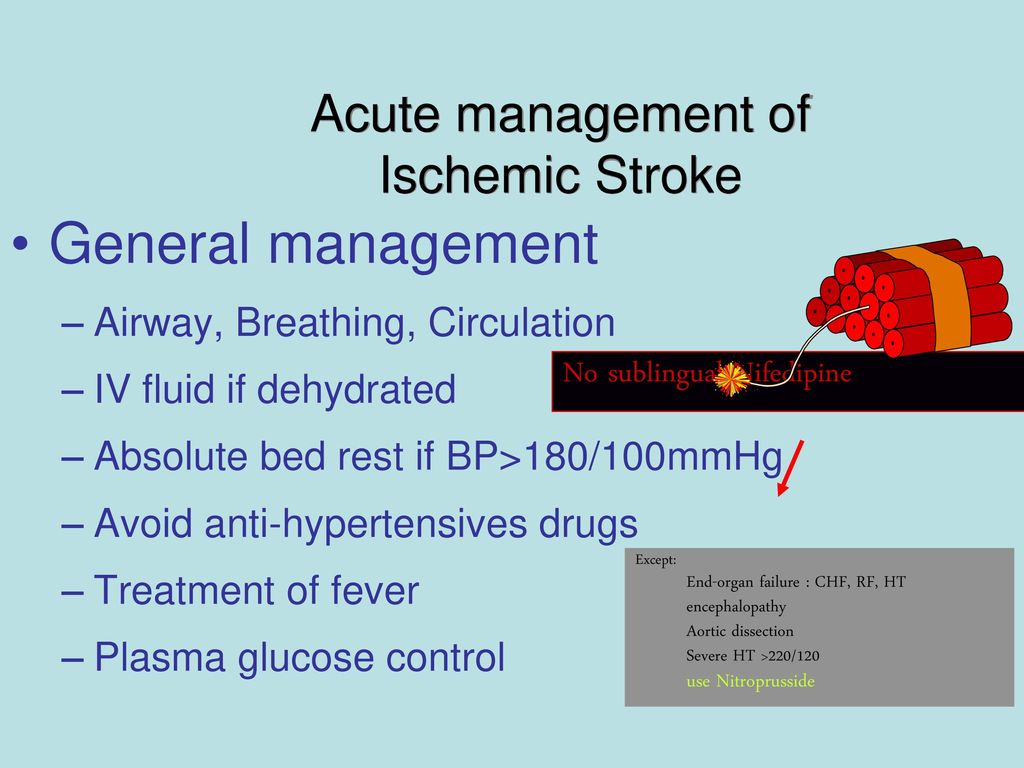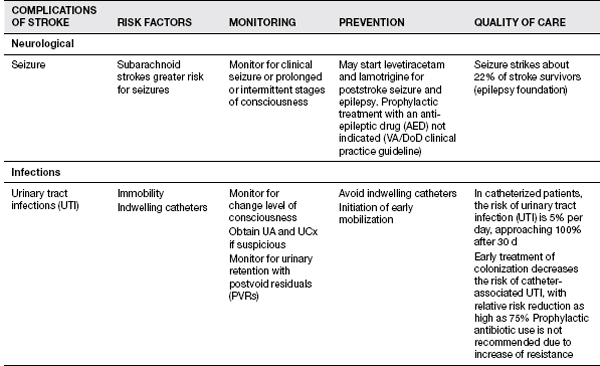
Short-term dual antiplatelet treatment is recommended in selected patients with symptomatic intracranial atherosclerotic disease or with minor stroke or TIA. Patients with non-cardioembolic ischemic stroke should be treated with antiplatelet medication, rather than anticoagulation.įor most ischemic stroke patients, there is no role for long-term dual antiplatelet therapy with the combination of aspirin and clopidogrel. In selected patients, a glucagon-like protein 1 agonist or sodium glucose co-transporter 2 (SGLT2) inhibitor can be added to metformin. In stroke patients with diabetes, medical therapies and the goal for glycemic control should be individualized, but for most patients, a hemoglobin A1c of ≤7% is recommended. If the patient’s LDL is still not <70 mg/dl on maximally tolerated statin therapy and ezetimibe, a proprotein convertase subtilisin/kexin type 9 (PCSK9) inhibitor can be considered. The goal blood pressure for most stroke patients with hypertension is 70 mg/dl, consider adding ezetimibe.

Most ischemic stroke patients with atrial fibrillation should be anticoagulated. Longer-term monitoring of heart rhythm increases the detection rate of atrial fibrillation. In patients with deficits that impair mobility, a supervised exercise program, such as one led by a physical therapist, can ensure exercise can be done safely.Ītrial fibrillation is common in patients with ischemic stroke. Stroke survivors are at risk for developing a sedentary lifestyle and should be encouraged to be physically active. While control of vascular risk factors is important for secondary prevention of all types of ischemic stroke, there are specific strategies used for prevention of various ischemic stroke subtypes.įor patients who have a stroke while prescribed secondary prevention medications, it is important to determine if patients were taking the medications as prescribed, and evaluate reasons for nonadherence, if applicable, before considering a change in therapy. Secondary prevention strategies should be the same for patients with ischemic stroke and TIA. Despite these data, most stroke survivors have poorly controlled risk factors. Targeting multiple risk factors has additive effects.

Up to 90% of strokes may be preventable by addressing vascular risk factors, including blood pressure control, diet, physical activity, and smoking cessation.

The following are key points to remember from the American Heart Association/American Stroke Association (AHA/ASA) guideline for the prevention of stroke in patients with stroke and transient ischemic attack:


 0 kommentar(er)
0 kommentar(er)
